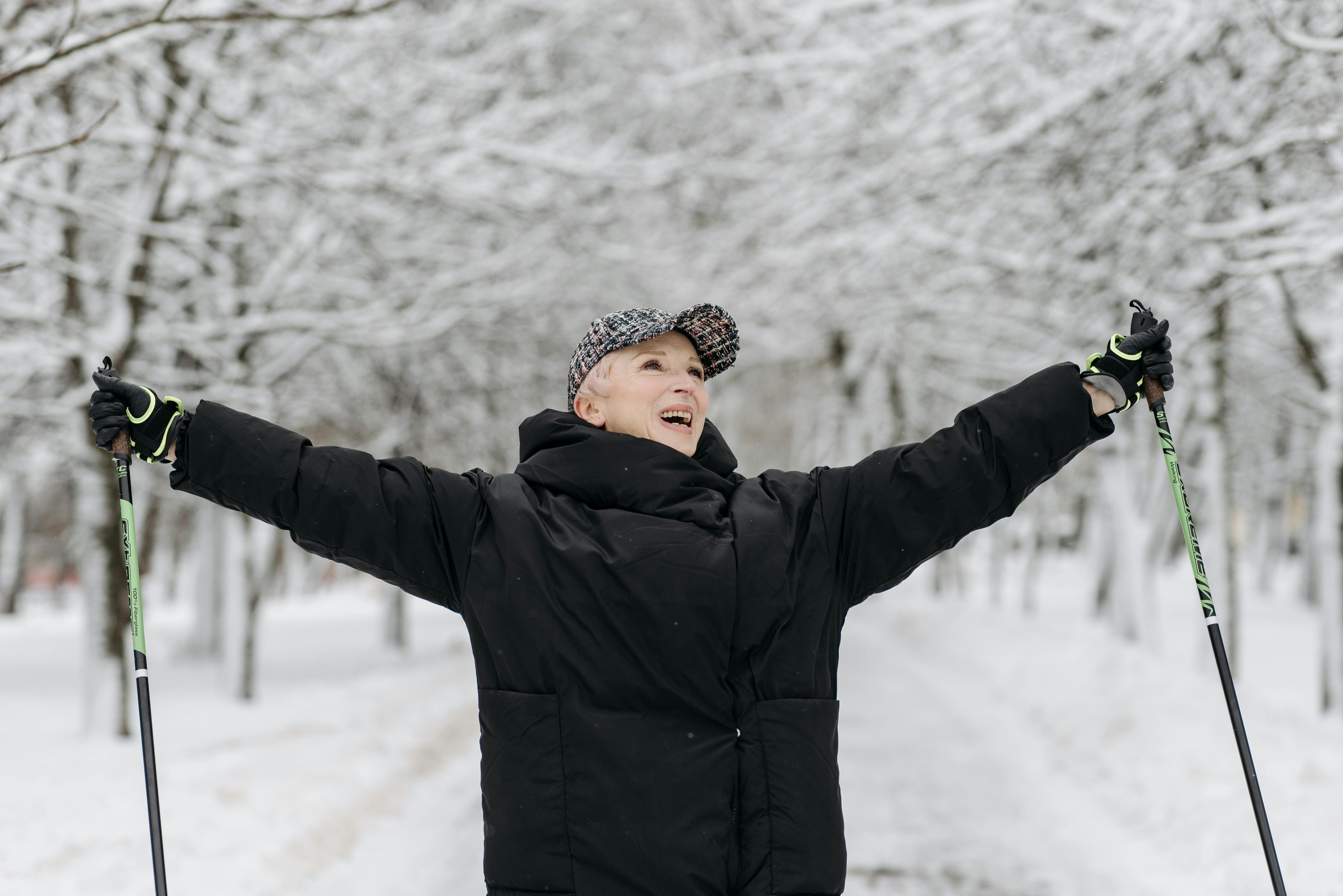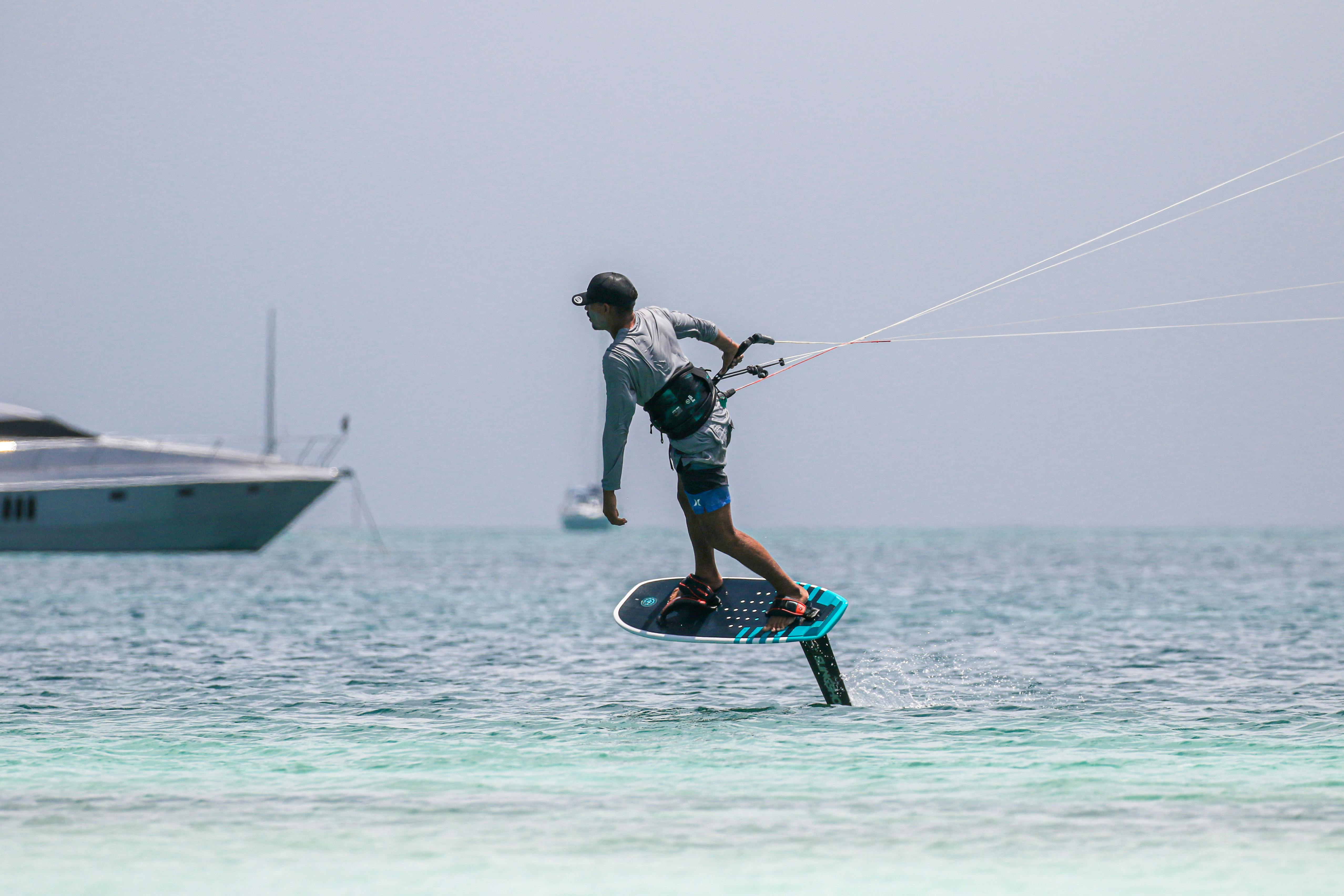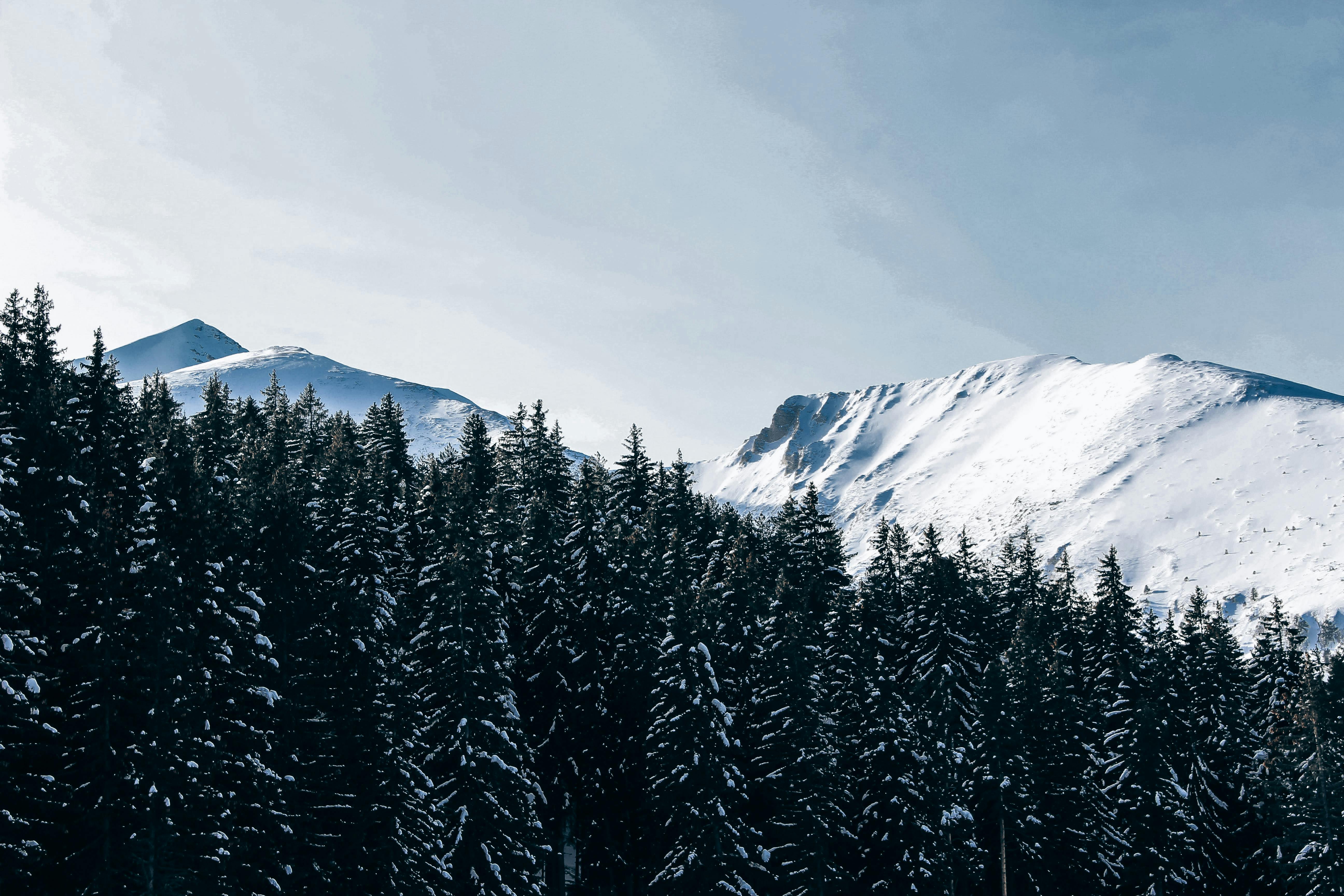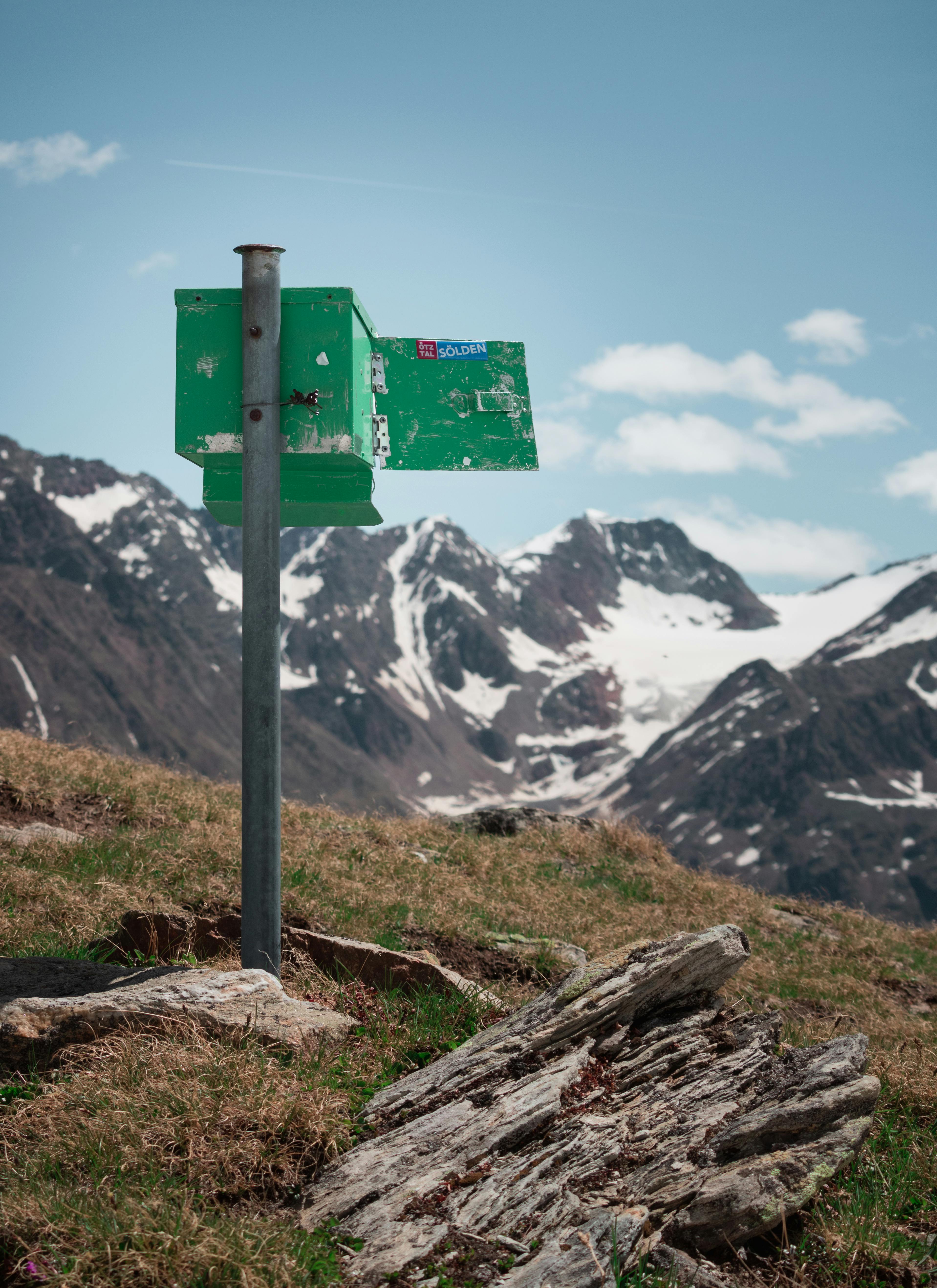7 Ways a Sports-Specific Training Program Can Elevate Your Skiing Performance
When I first clicked into a pair of skis during my university days, I had no idea that this snow-covered adventure would transform my life. The slopes became my second home, my sanctuary, and eventually my career. Over the years, I’ve had countless conversations with fellow skiers, from wide-eyed beginners to seasoned pros, about one topic: how we can push our limits and truly thrive on the mountain. Time and time again, I’ve found myself recommending one powerful tool—sports-specific training programs for skiers.
This realization hit me particularly hard during my journey with Overo Glasses, where I not only immersed myself in skiing safety and innovation but also worked directly with skiers looking to enhance their experience. If you’re a skier wondering, What’s the next step for me on the slopes? How can I ski with more precision, confidence, and endurance?, let me share what a focused training program can do for you.
1. Strength, Endurance, and Stability: Let Your Body Work for You
Skiing isn’t “just” a sport—it’s a dance with the mountain. To glide down those slopes efficiently, you need strength, stability, and endurance. When I first began skiing competitively back at university, I quickly realized how vital a strong core and lower body were to not just perform well but to stay safe. Back then, I relied solely on adrenaline and natural ability. But when I embraced strength training specifically designed for my sport—oh, what a difference it made!
Sports-specific training programs target the key muscle groups skiers use most: quads, hamstrings, glutes, and, yes, that all-important core. Workouts simulate the demands of twisting, turning, and controlling intense downhill speed. For instance, balancing exercises on unstable surfaces mimic navigating through uneven terrains or deep powder. After weeks of focus, you’ll notice your legs holding strong after hours on the slopes, and that dreaded post-ski soreness will ease.
A tip for prescription glasses wearers: If, like many of my students, you navigate the slopes with prescription ski goggles, training programs with balance-enhancing drills will particularly help with minimizing disorientation. And if you currently struggle with glasses fogging up or discomfort mid-run, prescription ski goggles inserts from Overo Glasses can save your day (and your vision). The snug, fog-free fit is designed for intense activities like these, so you can focus on refining your movements.

2. Sharpen Your Reflexes for Ever-Changing Terrain
Skiing is unpredictable—no two trails are ever the same. I still remember one unforgettable day when a spontaneous snowstorm hit me and a group of friends at the mountain summit. With whiteout conditions in full force, it was more survival than sport. Reflecting back, I realize how vital my reflexes and rapid decision-making were that day.
This is where sports-specific training truly shines. By pushing your body through agility drills, plyometric workouts, and reaction-based exercises, you train yourself to respond instinctively and confidently even in chaotic scenarios. One of my coaching students—a hesitant skier—found herself navigating moguls with newfound agility after a few months of focus on these skills. Seeing her transform fear into fearless joy? Utterly inspiring.

3. Ski Longer, Ski Harder: Boost Your Energy Reserves
If I’ve learned anything from teaching skiers over the years, it’s that nothing kills the joy of skiing more than an energy crash or hitting a physical wall mid-day. I used to experience this during long ski competitions too, my legs crying out for relief after a few runs. That wall? It’s an energy trap that sports-specific training obliterates.
Programs for skiers incorporate endurance training, like interval circuits, which condition your cardiovascular system for sustained physical effort. It’s like adding a turbocharger to your runs—you’ll ski longer with a bounce in your step and recover faster, so you’re ready to attack the next slope. Take it from me: nothing feels better than carving those final runs without feeling drained.

4. Injury Prevention—Because Nobody Wants Time Off the Slopes
One of my biggest fears as a skier has always been injury. Whether it’s the feared ACL tear or a small tweak in your back, injuries can disrupt your entire ski season—and perhaps even worse, your confidence. But here’s the thing I’ve seen over and over: a solid sports-specific workout routine can reduce the risk of these injuries dramatically.
Strengthening those stabilizing muscles and fine-tuning your joint flexibility means you’re more resilient to the twists, turns, and jumps skiing throws at you. In fact, many programs include proprioception exercises, otherwise known as “mind-muscle connection” drills, to train your body to react to unexpected terrain changes without disaster. It’s peace of mind you can feel every time you point your skis downhill.

5. Mental Clarity That Matches Your Physical Precision
Let’s talk about confidence. Nothing kills a ski run faster than doubt creeping into your mind. I see this with beginners often—they face steep trails and hesitate, letting fear take the driver’s seat. But when the body is ready, the mind follows suit.
Sports-specific training doesn’t just prepare your muscles—it builds mental endurance too. You’ll find greater confidence in your abilities when your body feels grounded and capable. This is one of the main reasons I continue to advocate for a proactive training approach even after decades of skiing. That moment when I conquered an intimidating downhill section effortlessly after a tailored fitness routine? Game-changer.

6. Elevate Your Gear User Experience
Now, what good is improved strength, agility, and focus if your gear is holding you back? Practicing ski-ready movements in these training programs gives you insight into how your equipment should function. I’ve personally witnessed how skiers flocking to sports-specific programs often gain clarity about the importance of precision gear—and that includes one often-overlooked accessory: vision.
Your goggles, for example, need to work as hard as your muscles do. Prescription ski goggles inserts (like Overo Glasses’ cutting-edge designs) offer seamless clarity. With fog-free functionality and a lightweight fit, they ensure that your vision keeps pace as you challenge yourself with steeper terrain.

7. Make Every Ski Day Unforgettable
Perhaps the biggest reason to invest in a sports-specific training program? It amplifies the joy of skiing. Even as someone who’s been on countless mountains worldwide, there’s still nothing more exhilarating than racing down slopes with the wind screaming past. Yet, after starting specialized training, skiing became even sweeter. Every turn felt smoother, every jump more controlled, and every race more thrilling.
Long-term skiers often hit a plateau—trust me, I’ve been there. But incorporating targeted, intentional exercises that simulate and improve skiing motions? That’s how you unlock the next level and rediscover why you fell in love with the sport in the first place.

In Closing: Training and Tools for Unstoppable Progress
From enduring brutal snowstorms to helping beginners conquer their fears, my skiing journey has taught me that preparation is everything. Tailored sports-specific training programs are hands-down one of the best ways to boost your athletic performance, sharpen your mental strength, and ski with confidence. I also can’t emphasize enough the value of optimizing your equipment to enhance this progress; prescription ski goggles with customizable inserts, such as those from Overo Glasses, ensure you see every slope, mogul, and landing with unmatched clarity and comfort.
So, whether you’re racing toward the podium or simply savoring leisurely runs with family, a proactive approach to fitness and gear readiness can transform skiing from a beloved sport into a lifelong adventure. After all, what’s stopping you from becoming the skier you’ve always dreamed of being? Go forth, train fiercely, and let the mountain be your stage! See you on the slopes!
Frequently Asked Questions
What is a sports-specific training program, and how does it help skiers?
A sports-specific training program is a tailored fitness regimen designed to enhance the skills and physical condition required for a particular sport. For skiers, it helps improve strength, endurance, balance, and reflexes, enabling better performance on the slopes while reducing injury risks.
Which muscle groups are most important for skiing?
Skiing primarily targets the quads, hamstrings, glutes, and core muscles. These areas provide the strength and stability needed for high-performance skiing, particularly in intense or uneven conditions.
How can sports-specific training programs prevent injuries?
These programs incorporate exercises that strengthen stabilizing muscles, improve flexibility, and develop proprioception (mind-muscle connection). This helps skiers react quickly to terrain changes, reducing the risk of common injuries such as ACL tears or back injuries.
Is it normal to feel hesitant about skiing on challenging terrain?
Yes, hesitation is common, especially among beginners. However, confidence grows as your physical and mental preparation improves through targeted training. The more prepared your body is, the easier it will be for your mind to overcome doubt.
What role does skiing gear, like goggles, play in performance?
Proper gear, such as prescription ski goggles with fog-free inserts, ensures optimal visibility and comfort, enabling skiers to focus fully on their performance without distractions or discomfort caused by poor equipment fit.



Share:
5 Key Insights About "Ski In Ski Out": The Ultimate Slope-Side Adventure for Skiers
5 Bike Trailers That Convert to Ski Trailers – My Journey and Insights